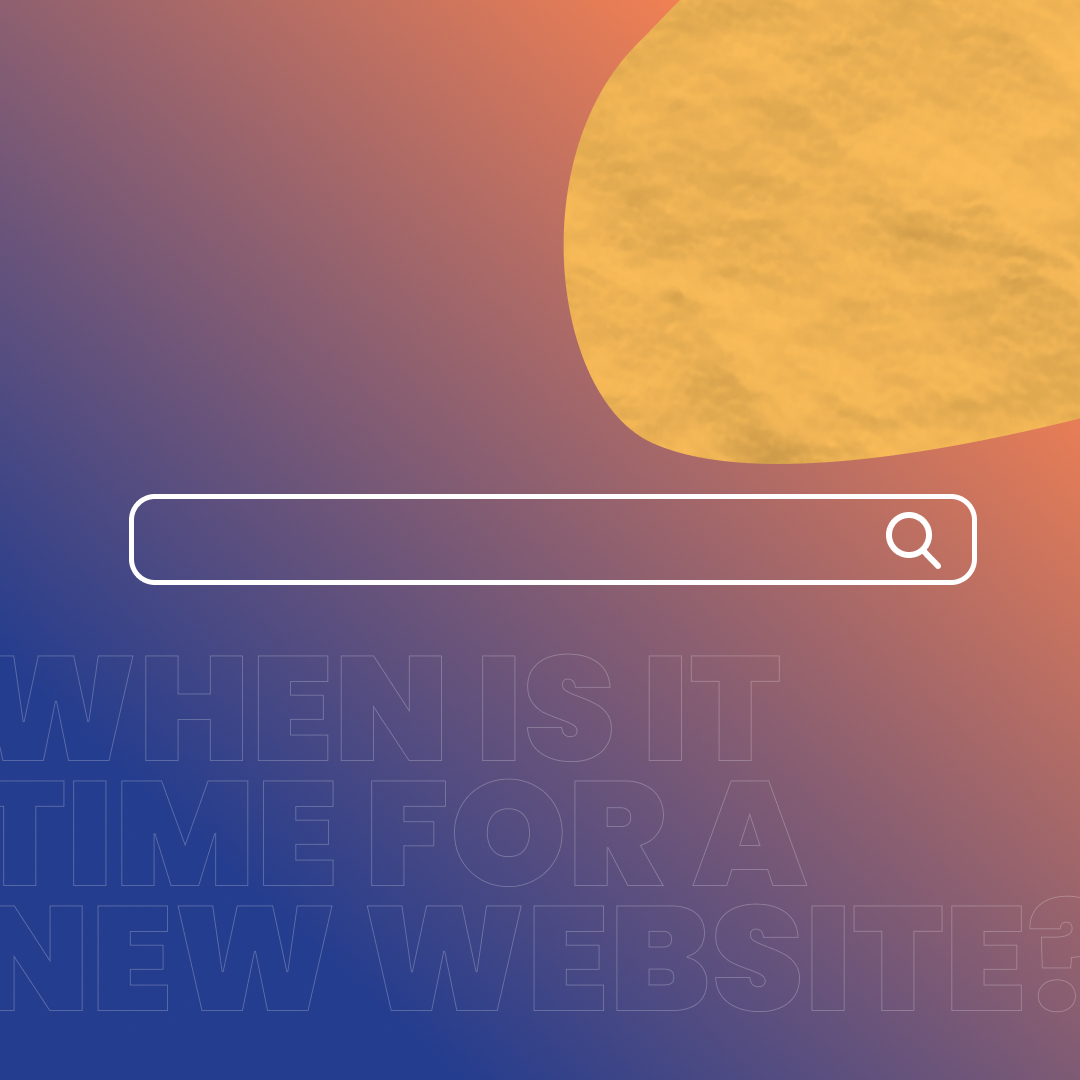Your website might be one of the hardest-working members of your team. It’s on 24/7, showcasing your brand, capturing leads, and making sales. If it’s outdated, slow, or confusing to navigate, it might be costing you more than you think.
Like every part of your business, it’s important to regularly assess your website. Here are some telltale signs it’s time for an upgrade.
It Hasn’t Been Updated in Years
Ideally, you should update your website every few years. Trends in design, functionality, and security evolve rapidly, and ignoring them can make your site feel clunky and outdated.
Take responsive design, for example. With users constantly switching between desktops, tablets, and smartphones, your website needs to provide a seamless experience across all devices. If it doesn’t, you’re losing potential customers before they even have a chance to explore what you offer.
Security is also a major cause for updating your site regularly. If your site handles customer data, outdated security measures leave you vulnerable to hacks and breaches. It’s always a question of when, not if, a hacker will try to break into your system and steal your data, so make sure you beef up your defenses regularly.
The User Experience is Poor
More than just the looks, updating your website is all about improving user experience (UX). So when the overall experience is poor, your traffic and sales will definitely suffer as a consequence. Here’s what to look out for:
- Slow Load Times – As a rule of thumb, your website pages should load in two seconds or less. Numerous studies have shown that even several milliseconds added to your page loads are enough to make visitors leave. To make sure your website doesn’t suffer from this problem, you can use free diagnostic tools online, which typically show you what is causing the issue and what you can do about it.
- Inconsistent Performance Across Devices – In a multi-device world, people are accessing websites on their computers, phones, and tablets. Your website’s design must function flawlessly in order to deliver a consistent content experience on whatever device your visitor is using. For e-commerce sites, this is even more critical. Customers expect their carts to stay intact when they switch devices. And if they abandon ship before checkout? An abandoned cart feature lets you send a well-timed reminder, turning lost sales into conversions.
- Errors and Broken Links – Nothing kills patience faster than having a link that leads to nowhere, or tapping on a buy button that causes a website to crash. There are plenty of tools that allow you to detect errors, but it also helps to have your team test your website regularly. A smooth, glitch-free experience keeps visitors engaged and buying.
- Confusing Navigation – Visitors should be able to move through your site intuitively. If they have to dig to find your contact info or struggle to locate key pages, you’re losing potential customers. Analytics tools can show you where people drop off so you can simplify their journey. Remove any roadblock that prevents them from going from point A to B, and dragging down with it your sales and customer engagement.
Your Brand Has Evolved—But Your Website Hasn’t
Your branding must be consistent across all channels, so your website is no exception. If you’ve updated your messaging, visuals, or overall positioning, your site needs to reflect those changes. Again, make the website experience lock in tightly with your other assets. Otherwise, you risk confusing customers or, worse, making them question your credibility.
Ready to Give Your Website the Upgrade It Deserves?
Building a new website is largely about improving user experience. And the way to determine how you can improve it is by defining your website goals. If your site is showing any of these red flags, don’t panic. You don’t have to figure it all out alone. First Ascent Design can help you create a website that’s fast, functional, and just as smooth to use as it is good-looking.
Let’s make your website work as hard as you do. Reach out today, and let’s chat about what’s next!
